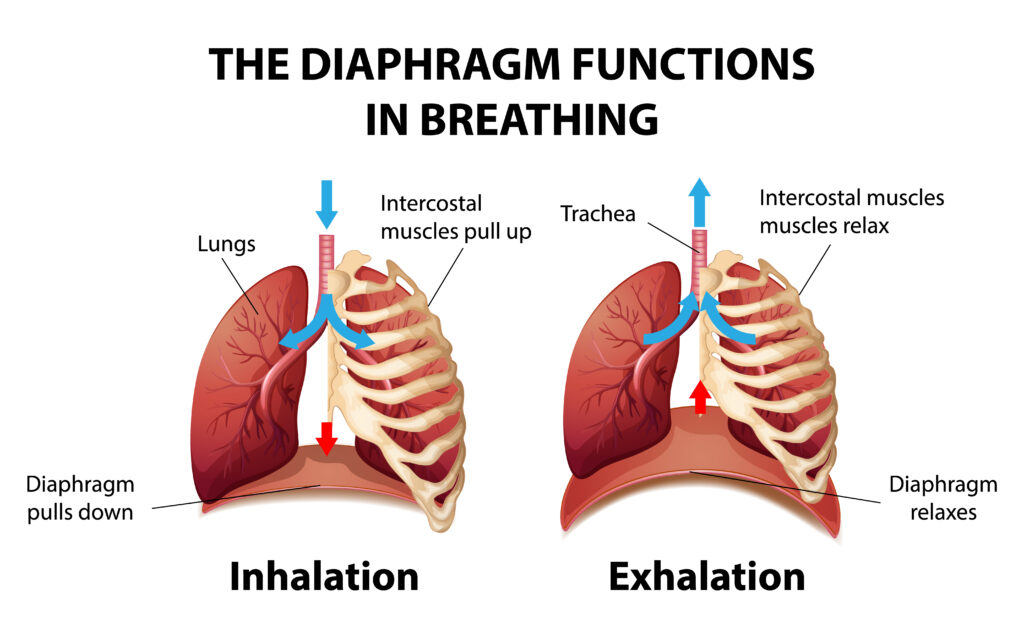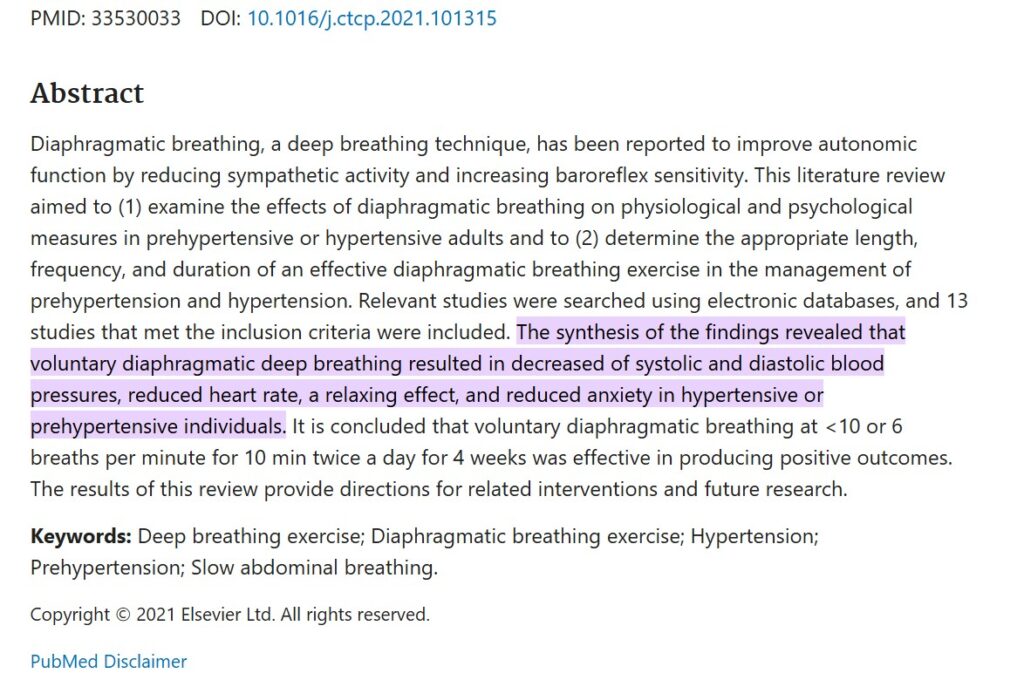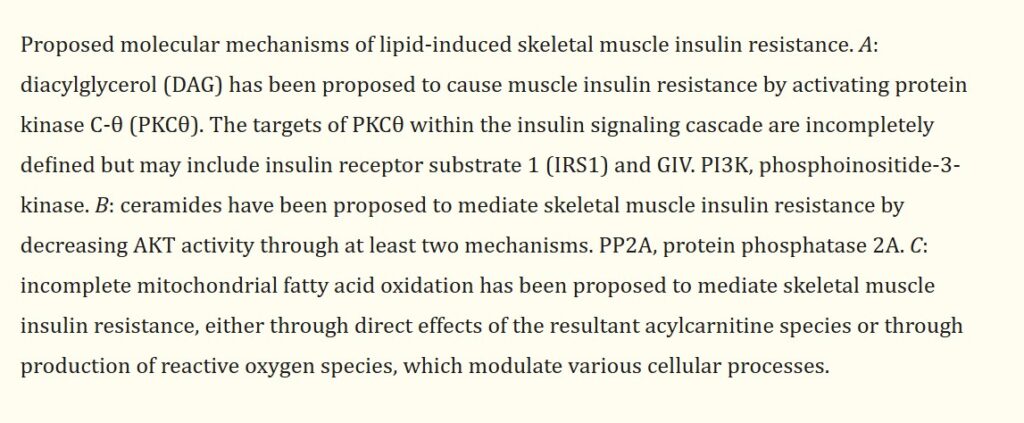Have you ever just stopped and taken a deep breath, only to feel an instant wave of calm? That’s the power of Vitamin O (oxygen) working in your body. Every single one of our cells relies on oxygen—not just to survive but to thrive. It affects our mood, energy, the way our cells repair, and even how we age. Think about it: without the right oxygen flow, we miss out on vital functions that support our health, protect us from disease, and give us a sense of vitality. Taking control of our breathing means tapping into a simple, powerful way to boost our quality of life.
Table of Contents
ToggleUnderstanding Diaphragmatic Breathing
Diaphragmatic breathing, often called ‘belly breathing,’ is a natural and powerful way to maximize the oxygen our bodies take in. Unlike shallow chest breathing, which only fills the upper lungs, diaphragmatic breathing engages the diaphragm fully, drawing oxygen deeper into the lungs and circulating it more efficiently.

This type of breathing can instantly reduce stress, improve focus, and bring a sense of calm. It’s a simple practice with profound benefits, making it an effective, accessible tool for everyday life—whether you’re dealing with stress, looking to clear your mind, or just wanting to feel more centered.
Let’s begin with how to practice diaphragmatic breathing.
Diaphragmatic Breathing: How it works
Several of you are aware of the pranayama breathing technique in your meditation practice. Diaphragmatic breathing can be coupled with this and is as simple as following these six steps. Incorporate this technique into your daily routine:
- Sit Upright: Find a comfortable seated position with your spine straight and shoulders relaxed.
- Place Your Hand on Your Belly: Rest one hand on your belly to feel the movement of your breath.
- Inhale Slowly: Breathe in slowly through your nose. As you do, let your belly expand outward like a balloon. Focus on your abdomen rising, not your chest.
- Hold Your Breath: Once fully inhaled, hold your breath for 6-12 seconds (adjust based on comfort).
- Exhale Fully: Open your mouth and slowly exhale from your belly, guiding your belly towards your spine. Ensure a complete exhale.
- Repeat: This completes one cycle. Aim to perform 10 cycles daily.
To get the best results, practice diaphragmatic breathing when you wake up, before meals, and before bedtime for a calm, centered start and end to your day.
The Impact of Proper Breathing on Chronic Health Issues
When practiced regularly, diaphragmatic breathing can have significant benefits in managing chronic health conditions like diabetes, cardiovascular disease, and sleep disorders. Studies published by PubMed suggest that deep breathing exercises can improve insulin sensitivity, lower blood pressure, and reduce cardiovascular strain.

By delivering a more consistent flow of oxygen to the cells, diaphragmatic breathing helps the body regulate blood sugar levels naturally, reducing spikes and drops that trigger cravings or energy crashes.
Oxygen also plays a crucial role in cellular health, supporting functions like repair, cleansing, and immunity. Essentially, by breathing deeply and fully, we’re nurturing our cells and providing them with what they need to maintain and protect our health.
For anyone managing chronic conditions and low immunity, diaphragmatic breathing can be an empowering addition to their wellness routine.
The Link Between Breathing and Stress Reduction
Managing stress is something that touches everyone. There’s good stress, like when our levels spike for a short time and then normalize. But chronic stress is a different story—when stress levels stay high from morning to night, it leads to a cascade of health issues. High cortisol levels often cause weight gain around the abdomen, no matter how well you eat or exercise. Elevated cortisol even impacts estrogen, which can bind with thyroxin, lowering thyroid function and leading to fatigue, hair loss, and immunity issues. Stress, in other words, has a ripple effect throughout the body.
There are ways to train your immune system for better health. One of the most powerful ways to lower cortisol quickly and effectively is by working on deep diaphragmatic breathing. When we breathe deeply, our bodies enter a relaxed state, lowering cortisol and allowing us to feel calmer, more grounded, and healthier overall.

Breathing and Blood Sugar: Diaphragmatic Breathing for Diabetes
The link between diaphragmatic breathing and insulin regulation is powerful and often overlooked. When we breathe deeply, we’re not only delivering more oxygen to the body but also activating the parasympathetic nervous system, which plays a key role in balancing blood sugar levels.
Studies by NCBI have shown that improved oxygen intake can help strengthen insulin receptors, allowing cells to respond more effectively to insulin and reducing sudden blood sugar spikes. For those managing diabetes, this means a more stable, controlled blood sugar response throughout the day.

Practical Tip: Diaphragmatic breathing can be especially helpful before and after meals when blood sugar fluctuations are most common. A few deep breaths before eating can prepare your body to process glucose more effectively.
Additionally, practicing it after a meal can support smoother digestion and metabolism. For anyone with diabetes, adding this simple practice around meal times can be a powerful step toward healthier blood sugar levels.
You can do this when you wake up and notice how energetic you feel. You may not even need that coffee or tea eventually. People who have diabetes or people who have digestion problems can start with two or three cycles before you eat and finish your meal 10 to 15 minutes later post your meal with five to ten cycles.
Now if you aim for eight to ten cycles post your meal, your blood sugar levels over time are going to get better. It’s worked for tens of hundreds of people who approached us with problems of high sugar levels – this is one of the simplest ways to have control over your insulin, blood sugar levels, and digestive issues.
The Role of Diaphragmatic Breathing in Reducing Cravings
Deep breathing doesn’t just calm the mind—it also helps manage cravings, especially for sugar and carbohydrates. Often, cravings are the body’s response to stress-induced energy dips, prompting us to reach for quick-fix snacks. By practicing diaphragmatic breathing, we’re providing our cells with steady oxygen, which helps maintain balanced energy levels and reduces the urge for sugary or carb-heavy foods.
The next time you feel a craving coming on, pause and take a few cycles of diaphragmatic breaths. As you breathe, ask yourself: Is this hunger physically induced, or an emotional response? This simple practice can help curb unhealthy food cravings by stabilizing your body’s energy levels, making you less dependent on instant energy from snacks.
Improving Sleep Quality Through Deep Breathing
Diaphragmatic breathing is a powerful tool to calm the nervous system, making it easier to unwind and transition into a restful sleep. By engaging the diaphragm, this breathing technique signals the body’s parasympathetic system—the ’rest and digest’ response—which naturally reduces stress hormones like cortisol, helping the body feel more relaxed and prepared for deep sleep.
In our experience of coaching clients over 13 years, we’ve observed how practicing diaphragmatic breathing before bed can enhance sleep quality, leading to longer and more restorative sleep cycles. This technique has been shown to improve both the duration and depth of sleep, which is essential for everything from physical recovery to mental clarity.

Incorporate a few minutes of diaphragmatic breathing into your nightly routine. This can be as simple as taking five to ten deep breaths while lying in bed to help your body fully relax and ease into sleep.
The Cellular Impact: Enhancing Longevity and Cellular Health
At a cellular level, oxygen is essential for health and longevity. Diaphragmatic breathing improves oxygen delivery, which is crucial for cell vitality and repair. Proper oxygenation helps cells flush out toxins, reducing oxidative stress and inflammation—factors associated with accelerated aging and various chronic diseases. When we breathe deeply, we nourish our cells, enhancing their ability to regenerate, heal, and function optimally.
Enhanced oxygen intake, achieved through diaphragmatic breathing, positively impacts cellular longevity. This approach supports cellular repair mechanisms, increases resistance to stress, and even influences the lifespan of each cell.
Think of deep breathing as an anti-aging practice. Regular diaphragmatic breathing sessions can improve circulation and support the body’s natural cleansing processes, promoting a healthier, more resilient cellular environment.
Using Diaphragmatic Breathing with Other Exercises
Stress Relief
We have several practices that can be integrated with diaphragmatic breathing to alleviate chronic stress and uncontrolled anxiety. Take the TTSSS system – Taste, Touch, Sight, Sound, and Smell- for instance. Combining this grounding practice can help reduce your cortisol levels and inflammation, thereby helping your immune system do its job better.
Gratitude
So many of us forget to count our blessings regularly. However, gratitude is key to inviting similar experiences of abundance, success, and improved health. Here’s another simple way you can enhance this practice with the BRG technique (Be, Receive, Give Thanks). It’s a powerful blend of deep breathing and gratitude to reset your mind and body:
- B for Be: Take a moment to pause, center yourself, and breathe deeply, focusing on being present.
- R for Receive: Reflect on small things you received today—a friendly smile, a warm cup of tea, or a moment of calm.
- G for Give Thanks: Acknowledge these moments with genuine gratitude.
By combining deep breathing with BRG, you’re cultivating a sense of gratitude that makes each day feel more meaningful and manageable.
Final Word
Nature has gifted the human body with a beautiful intelligence—when used wisely, it can heal at a cellular level and revitalize our entire being. While breath is one of the key pillars of lifestyle, combining it with the other pillars—deep cellular nutrition, adequate exercise, quality sleep, emotional wellness, reconnecting with spirit, and breath—offers a well-rounded path to reaching the health goals you’re aiming for. Integrate each pillar into your routine, and see how profoundly your life changes for the best, in every aspect.
Watch the whole video here:
Your breath forms the foundation of good health.
Start your journey with one positive action today.
Book a one-on-one consult with our Yoga Experts.
Reach out to us by calling 1800 102 0253 or writing to us at [email protected].
Team Luke
Our team of registered dietitians, certified nutritionists, lifestyle coaches, medical practitioners, and holistic health experts come together to share practical, accessible insights for your well-being. Whether you're seeking tips on preventive health, managing a specific condition, or simply looking to live a more balanced life, you’ll find a wealth of easy-to-apply knowledge here.
Start Your Wellness Journey
Feeling inspired to take the next step in your wellness journey? Connect with us to explore how our tailored programs can support your health journey. Your transformation is just a conversation away.



